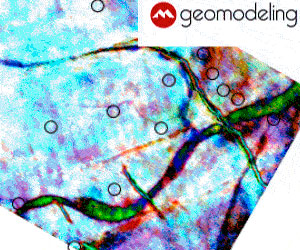Dealing with external interferences imposed on a desired seismic signal is fundamental to achieving the goals of a seismic survey. Whether it be related to Earth transmission effects or external noise, this is the stuff of acquisition, processing and, ultimately, interpretation of seismic data. From time-to-time, geophysicists have taken a different point of view and have attempted to use interfering “noise” as usable signal with mixed results. Recently, there has been renewed interest in this topic –in particular for the case of deploying and activating multiple seismic sources that intentionally interfere with one another. While long a topic of research and field practice for land vibrator acquisition, socalled simultaneous source (SimSrc) acquisition is relatively new to the world of impulsive sources as are commonly used for marine acquisition. Proposed and demonstrated 10 years ago, the subject of marine SimSrc has lain fallow until the recent uptake of wide-azimuth marine surveys. Typically, in a wide-azimuth marine survey, multiple marine vessels are deployed to achieve efficient acquisition and sufficient azimuth and fold. The desire to make better use of these vessels and, at the same time, to achieve better coverage has driven geophysicists to pursue SimSrc for marine acquisition. The benefits promised by SimSrc are substantial. Some topics under consideration are reduced shot spacing, unlimited record length, increased sampling in the azimuth domain allowing azimuthal analysis, faster acquisition (particularly for VSP), improved land acquisition with new technology derived for marine, reduced undershooting time, and other safety benefits. In this talk I will discuss the achievements of SimSrc and the challenges that remain for both land and marine if it is to become a mainstream acquisition methodology.











Join the Conversation
Interested in starting, or contributing to a conversation about an article or issue of the RECORDER? Join our CSEG LinkedIn Group.
Share This Article